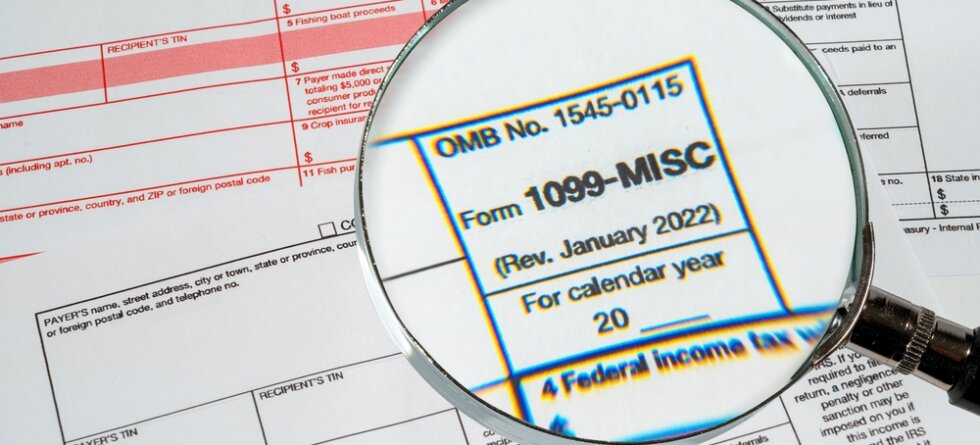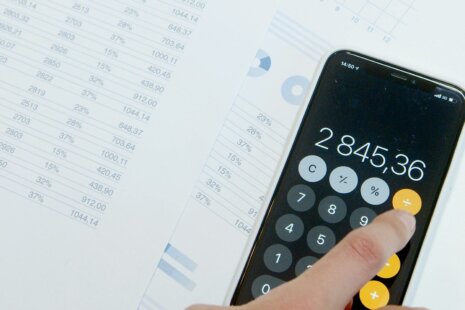QuickBooks does not automatically send you a Form 1099. Instead, QuickBooks can help you generate and prepare Form 1099-MISC or Form 1099-NEC, which are tax forms used to report payments made to certain individuals or businesses.
Here’s how the process typically works:
- Record Payments: In QuickBooks, you should record payments made to vendors, contractors, or individuals throughout the year. Be sure to categorize these payments accurately.
- Review Vendor Information: Ensure that you have up-to-date and accurate vendor information, including the vendor’s name, address, and Taxpayer Identification Number (TIN) or Social Security Number (SSN).
- Generate 1099s: QuickBooks provides a feature that allows you to generate and print Form 1099-MISC or Form 1099-NEC for the vendors or individuals who received payments from your business during the tax year. You’ll need to specify which payments are reportable on the forms.
- Submit to IRS: After generating the 1099s, you must send copies to the recipients (vendors or individuals) by the IRS deadline, which is typically January 31st. You also need to submit the corresponding copies to the IRS.
- File with IRS: If you have more than a few forms to file, you’ll need to e-file them with the IRS using the required forms and electronic filing methods.
The specific form you use (1099-MISC or 1099-NEC) and the reporting requirements can vary based on factors such as the type of payment and the recipient’s status. The IRS may change reporting requirements, so it’s advisable to consult the IRS website or a tax professional for the most up-to-date information and requirements.
QuickBooks can simplify the process of generating and tracking 1099 forms, but it is your responsibility to ensure that you accurately report payments and comply with IRS regulations. Be sure to maintain accurate records and follow the necessary steps to complete the 1099 reporting process promptly.




